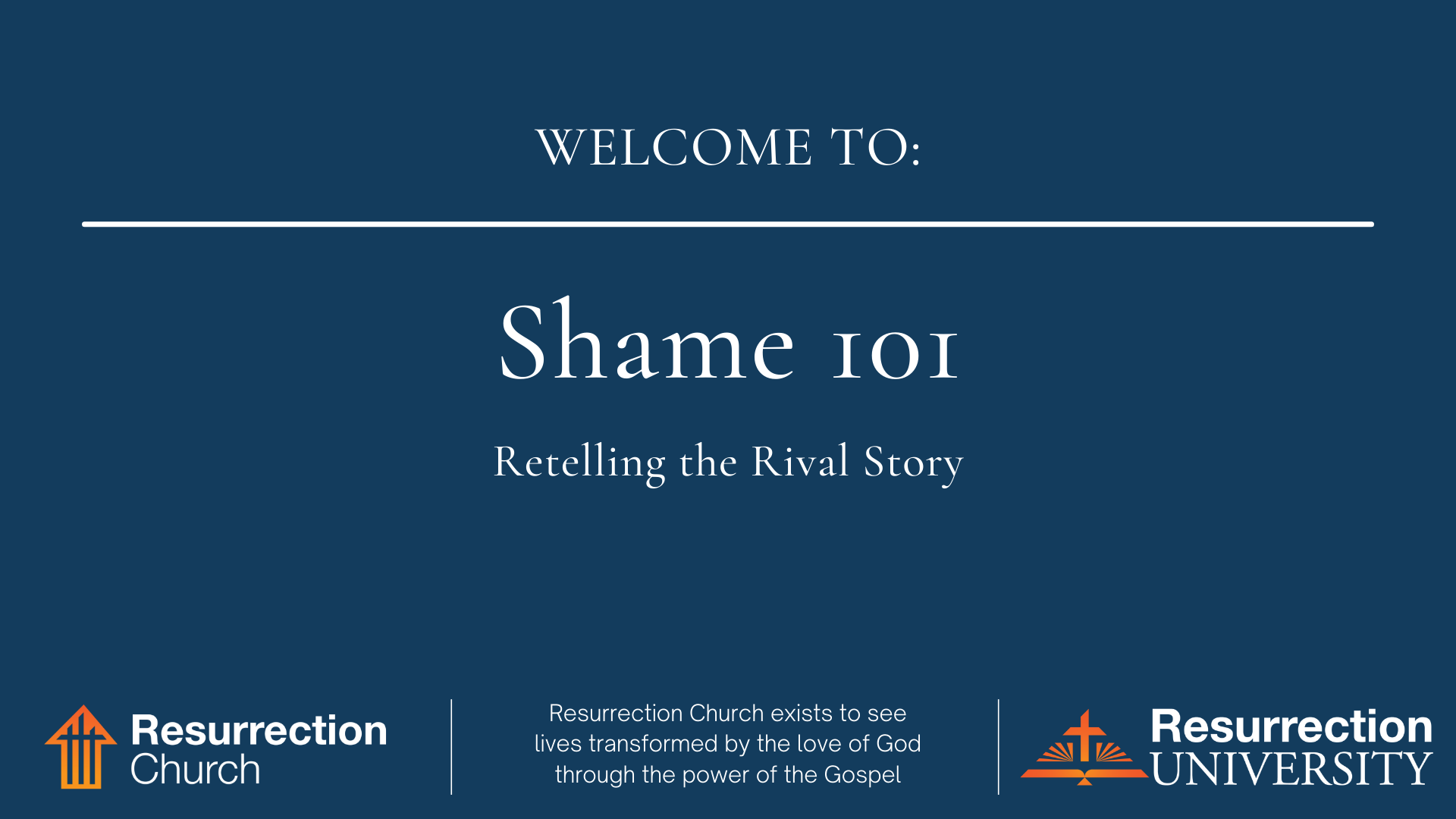Shame 101: Retelling the Rival Story
Curt Thompson writes, “We [tell stories] not just to describe what we are doing but to make sense of what we have done.” For the believer, the story by which we live is the story of the Gospel. From before time began, God had a plan for our salvation, and that Gospel story is tracable through the entirety of Scripture. But, unfortunately, this isn’t the only story competing for our attention. There is another story – one entirely antithetical to the gospel; one that has been weaponized by the Accuser; one that has spread like a weed in the foundation of many Christian lives. This rival story is the story of shame. In this series - Shame 101 - we will be observing the origins, anatomy, story and treatment for the soul-seared, shame-bound believer, with the intent that we might see the role the rival story plays in our lives so we can ensure we are aware of whose story by which we are living.
All of the lessons and the corresponding notes can be found below.
Shame 101, Part 1 - The Origin of Shame
Throughout our series on shame, we will take up the role of a shame-specialist doctor. In our survey of shame, we will begin with diagnosis, expose the pathology, give a prognosis and carry out treatment. In our first lesson, we will diagnose our condition, defining shame, rooting it in our Edenic origins, and understanding what it looks like. As we discuss why shame is important to talk about, how to define it, why its different than guilt, how it is rooted in the fall of humanity, and how we can “self-diagnose,” we will establish a firm foundation by which to expose shame and undo its story.
Shame 101, Part 2 - The Anatomy of Shame
In part 3 of our series Shame 101, we are going to spend some time observing the way shame interacts with our mind. The truth is, in the words of Todd Wilson, “For evangelicals the brain is hardly even a category of spiritual formation. But it should be.” Today’s lesson counteracts this notion, understanding it to be an essential step in our battle against the power of shame. In lesson 3, we are going to look at what is happening in the brain when we are shamed, why our brains operate the way that they do in shame situations, and ultimately, how we can wield this information for the sake of fixing our shame problem. Our main point for this lesson is simple: Knowing how our mind works disables shame’s ability to hide within it.
Shame 101, Part 3 - The Story of Shame
“…to know how shame works – its mechanics – can be helpful, but it is not enough to know this apart from knowing the story in which it occurs” (Thompson, 80) In week three of our series in Shame, we zoom in on the battlefield of story. Having established a foundation of what shame is and how it operates in our neurochemical and social development, we arrive at a prognosis for our shame condition. The prognosis - the prospect of recovery for our disease - may look bleak. The ubiquitous, pernicious and relentless power of shame in our lives serves to suggest there is no remedy to its power over our lives. In short, Shame has become “...an interpersonal neurobiological instrument that is intentionally and skillfully used to distract and disrupt the story God is telling.” (Thompson, 80). What we must do now is observe in its full intensity the story that is ours through Christ Jesus, and it is perhaps no more relevantly stated in the context of shame than in Romans 8:1-4.
Shame 101, Part 4 - The Remedy for Shame
In our fourth lesson of Shame 101: Retelling the Rival Story, we bring our series to a close by getting practical. Just like a doctor prescribing physical therapy after an injury or surgery, our shame wounds need to be healed through confronting the pain and forming new muscles. In other words, having progressed through diagnosis, pathology, and prognosis, today we will discuss the treatment for our shame problem. In our fourth and final lesson, we will see that Christian community cannot foster interpersonal connectivity without allowing there to be intentional space for vulnerability. In other words, shame is eradicated in the vulnerability of a Christ-centered community.

